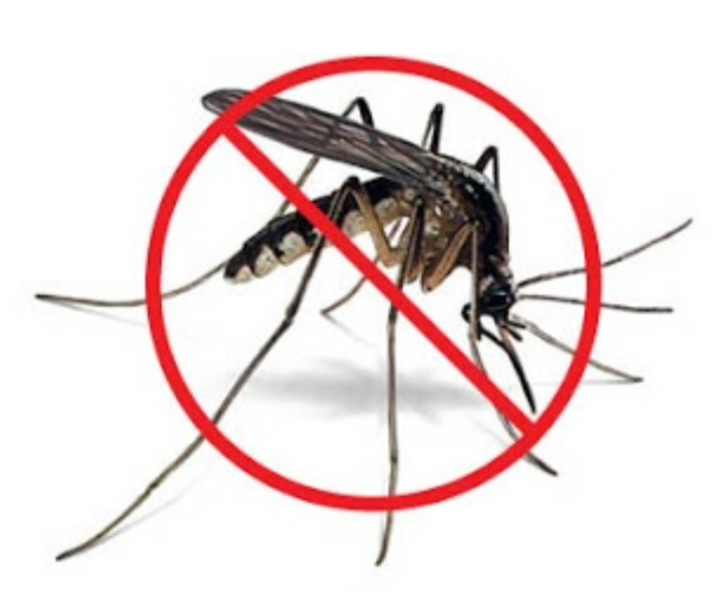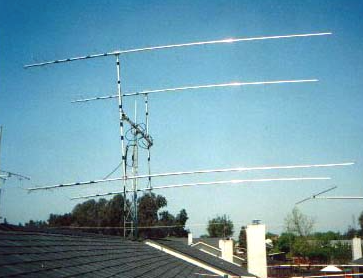 From the Community Association Attorneys at SwedelsonGottlieb
From the Community Association Attorneys at SwedelsonGottlieb
An update to the Fair Housing Act, effective October 14, 2016, clarifies an association’s responsibility to address discriminatory conduct and harassment by its residents. The Fair Housing Act prohibits discrimination in housing and housing-related services due to race, color, religion, sex, national origin, disability, and familial status (42 U.S.C. 3601 et seq.). Quid Pro Quo and Hostile Environment Harassment and Liability for Discriminatory Housing Practices Under the Fair Housing Act
This update to the Fair Housing Act clarifies that an association is directly liable for failing to take prompt action to end any third party’s discriminatory housing practice if the association knew or should have know about it and had the power to correct it. A commentator for the U.S. Department of Housing and Urban Development stated, “a community association generally has the power to respond to third-party harassment by imposing conditions authorized by the association’s CC&Rs or by other legal authority […].”* Accordingly, an association must take some action to address any alleged discrimination by residents or other people within its authority.
 HOA Law Blog
HOA Law Blog



 Have you noticed some unusual behavior from some association residents lately? You may have seen them walking outside swiping their smartphones. They may have a newfound interest in going to parks. And when they talk, they use unfamiliar words like Pikachu, Snorlax, and Pokéstops. If this sounds familiar, then your residents are into Pokémon GO.
Have you noticed some unusual behavior from some association residents lately? You may have seen them walking outside swiping their smartphones. They may have a newfound interest in going to parks. And when they talk, they use unfamiliar words like Pikachu, Snorlax, and Pokéstops. If this sounds familiar, then your residents are into Pokémon GO. Although the Zika Virus has not yet been found in California, that does not mean that it will not find it’s way here. Florida community association attorney and blogger Donna DiMaggio Berger addresses a community association’s obligation to protect owners and residents from the foreseeable risk of harm from something inside the community and adds the Zika Virus to the list. Maybe we in California should take note. (
Although the Zika Virus has not yet been found in California, that does not mean that it will not find it’s way here. Florida community association attorney and blogger Donna DiMaggio Berger addresses a community association’s obligation to protect owners and residents from the foreseeable risk of harm from something inside the community and adds the Zika Virus to the list. Maybe we in California should take note. (



 The Los Angeles Times reports that “most fire trucks and ambulances run by the Compton Fire Department have been stripped of defibrillator machines, a crucial lifesaving device that rescuers use to deliver a shock and try to restart the heart of cardiac arrest victims.” “County regulators ordered the department to remove the devices last week after fire officials were unable to produce documentation showing Compton firefighters had been properly trained to use the equipment.”
The Los Angeles Times reports that “most fire trucks and ambulances run by the Compton Fire Department have been stripped of defibrillator machines, a crucial lifesaving device that rescuers use to deliver a shock and try to restart the heart of cardiac arrest victims.” “County regulators ordered the department to remove the devices last week after fire officials were unable to produce documentation showing Compton firefighters had been properly trained to use the equipment.” Much has changed over the last 30 years. In 1985, the Dow Jones industrial average was at 1500. The Internet’s domain name system was created, and its first domain name was registered. The cost of a gallon of gas was 93 cents. Ronald Reagan was our President. The world was a different place. In 2015, the Dow Jones Industrial Average is now at about 18,000, there are hundreds of millions of active Internet domain names, and the cost of a gallon of gas is… well, that subject is complicated. More significant to the common interest development (“CID”) industry, the Davis-Stirling Common Interest Development Act, known as the Act, was born 30 years ago.
Much has changed over the last 30 years. In 1985, the Dow Jones industrial average was at 1500. The Internet’s domain name system was created, and its first domain name was registered. The cost of a gallon of gas was 93 cents. Ronald Reagan was our President. The world was a different place. In 2015, the Dow Jones Industrial Average is now at about 18,000, there are hundreds of millions of active Internet domain names, and the cost of a gallon of gas is… well, that subject is complicated. More significant to the common interest development (“CID”) industry, the Davis-Stirling Common Interest Development Act, known as the Act, was born 30 years ago. Federal legislators are still trying to pass new law that would allow HAM radio antenas to be installed at homeowners associations despite any restrictions on same in an association’s CC&Rs. We addressed this in a blog post in September of 2014;
Federal legislators are still trying to pass new law that would allow HAM radio antenas to be installed at homeowners associations despite any restrictions on same in an association’s CC&Rs. We addressed this in a blog post in September of 2014;